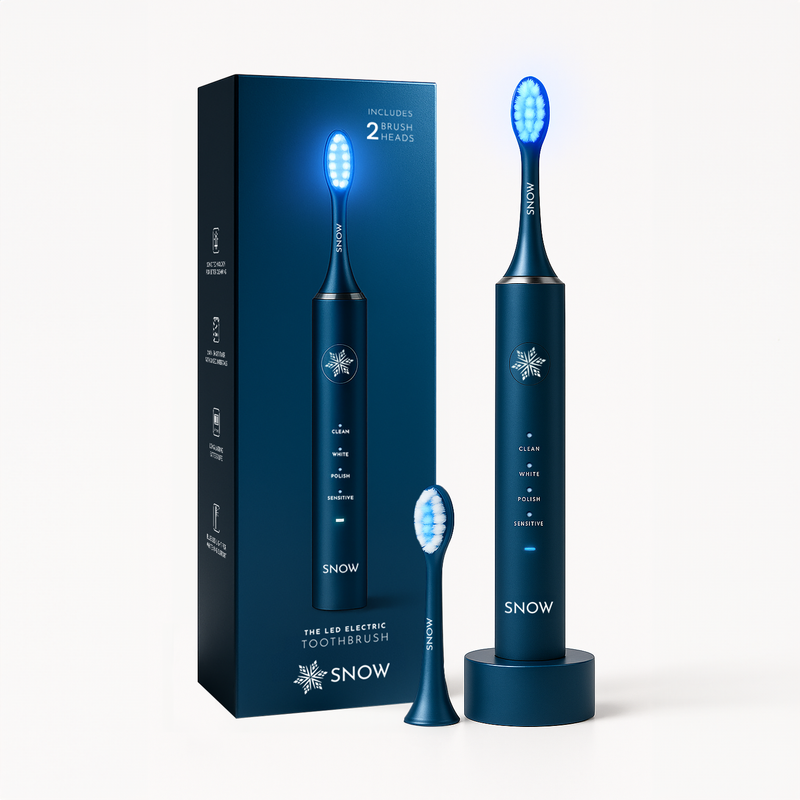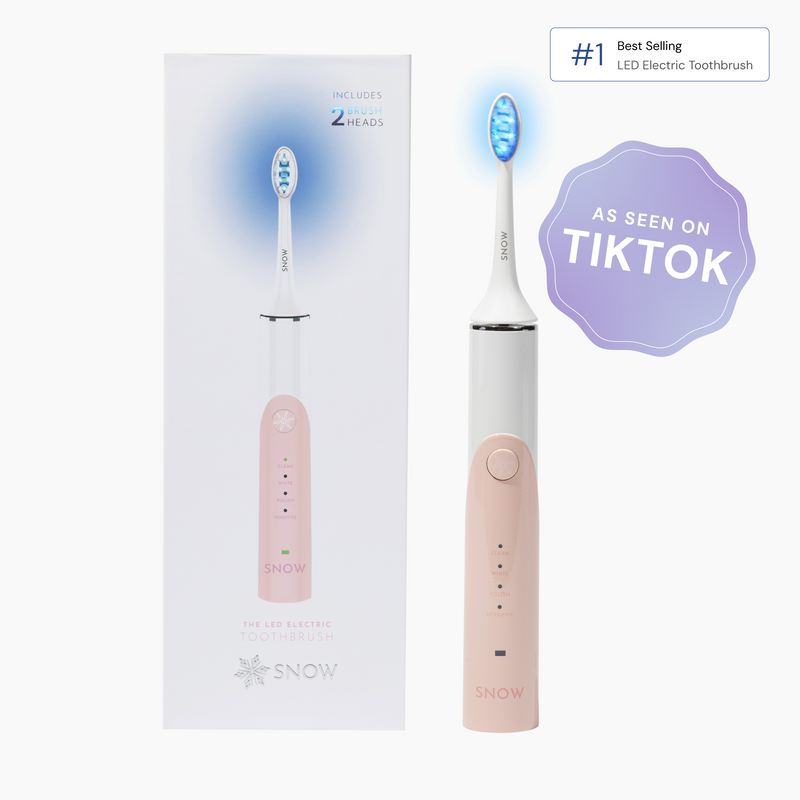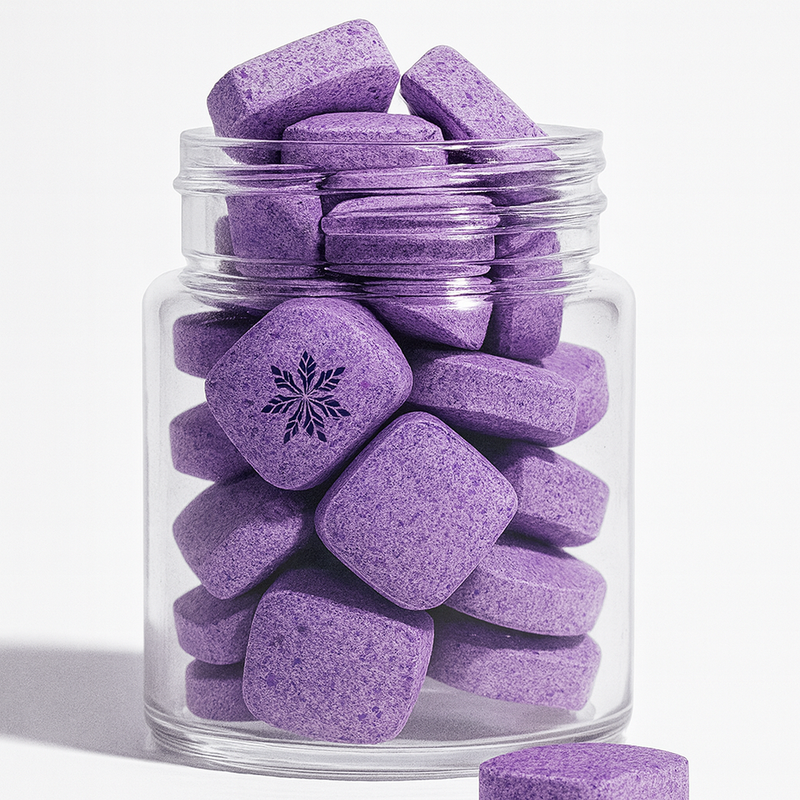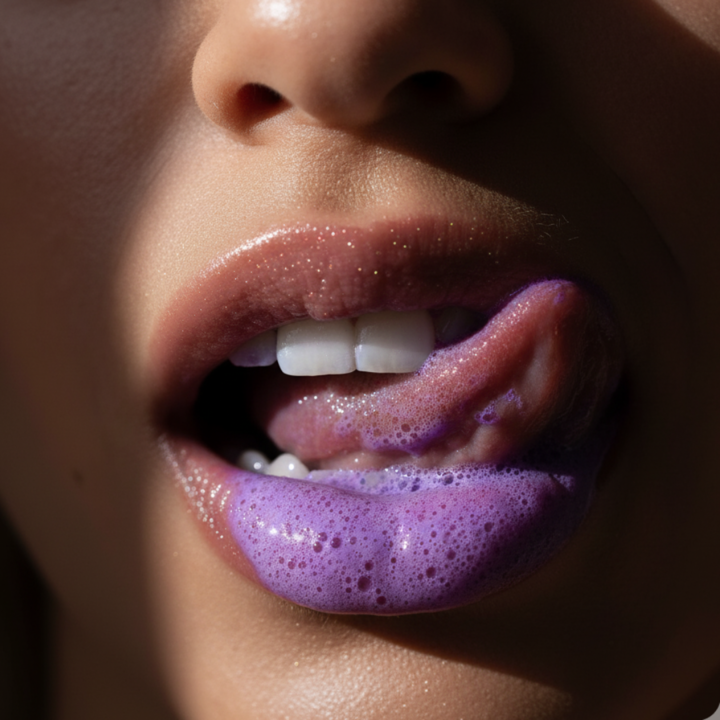Healthy gums are a key indicator of your overall health. People tend to focus more on the appearance of their pearly whites and often don't realize that taking care of their gums is just as important.
Poor oral hygiene is one of the leading causes of gum disease. Untreated gum disease can lead to a variety of oral health problems such as tooth decay, tooth loss, bad breath, and bleeding gums.
The CDC reports that 47 percent of adults ages 30 years and older have some form of gum disease. Your chances of getting gum disease only increase as you get older. This is why it's so important to maintain healthy gums.
Oral health conditions are often considered independent issues, however, they're often interrelated. Oral conditions can be linked with chronic conditions such as heart disease, diabetes, high blood pressure, and a weak immune system. Thankfully, there are many ways to help prevent and treat gingivitis.
WHAT ARE THE SIGNS AND SYMPTOMS OF UNHEALTHY GUMS?
According to the CDC, 1 in 4 adults aged 30 and older have had gingivitis at some point in their lives. It's very common and can happen to people of all ages. If you suspect you may be developing gingivitis, here are some common signs and symptoms.
- Bleeding gums
- Inflamed or red gums
- Receding gums
- Halitosis (chronic bad breath)
- Sensitive teeth (sensitivity to hot or cold foods)
GINGIVITIS VS. ADVANCED GUM DISEASE
Early gum disease, also known as gingivitis, is when gum infection, inflammation, and bleeding may occur. Gingivitis is the first form of gum disease, and thankfully it's often reversible and treatable if caught early.
Severe gum disease, also known as periodontitis and periodontal disease is when a more advanced level of damage has occurred to the teeth and gums. This stage requires more intense treatment.
SIGNS OF SEVERE GUM DISEASE (PERIODONTITIS)
Advanced periodontitis is when plaque and tartar have remained on the teeth for long enough to cause deeper issues. At this stage, you may have loose teeth and bone loss. You'll need to meet with your dentist immediately to address this level of gum disease. Your dentist may need to perform a gingivectomy, root canal, tooth extraction, or gum surgery to get you back to having healthy gums.
Here are some common signs and symptoms of advanced gum disease:
- Loose teeth
- Missing teeth
- Deep gum pockets
- Black or dark red gums
- Newly crooked teeth
- Painful chewing
- Intense jaw pain
- Abscess or pus on the gums
HEALTHY GUMS VS. UNHEALTHY GUMS
HEALTHY GUMS
Healthy gums are firm, pink, and even colored. They're snug around the teeth and do not bleed or become red and irritated easily when flossing or brushing. The gum tissue and teeth are not overly sensitive when it comes to hot or cold foods and drinks. Healthy gums also have a natural and neutral odor. If you're diligent about practicing good oral health care, your gums are most likely in great condition.
UNHEALTHY GUMS
Unhealthy gums may experience redness or soreness and bleed easily when brushing or flossing. These are the early stages of gingivitis. If you have more advanced gum disease, you may also have chronic bad breath, gum pockets, or loose teeth. If caught early, it's possible to reverse the signs of gingivitis with a good oral health routine and help from a dental professional.
WHAT ARE THE RISK FACTORS OF GUM DISEASE?
There are several habits and lifestyle factors that increase your risk of periodontal disease. The chances of developing decay and gum disease greatly increase if you take certain medications, have a compromised immune system, or indulge in gum-damaging habits.
RISK FACTORS OF GUM DISEASE:
- Diabetes
- Dry mouth
- Poor oral hygiene
- Chronic stress
- Smoking
- Alcohol
- Aging
- Genetics
- Immunodeficiencies (i.e: cancer, disease, etc)
- Certain medications
People with gum disease also have a higher risk of heart disease, cardiovascular disease, diabetes, arthritis, and inflammation.
HOW TO MAINTAIN HEALTHY GUMS
Having healthy gums isn't all about aesthetics, your gum health and oral hygiene habits play into your overall health. When you keep your gums healthy, you reduce several risk factors for gum disease. Gum disease starts when bacteria builds in your mouth. Here are some key ways to maintain healthy gums.
PRACTICE GOOD ORAL HYGIENE
Healthy gums start with a strong oral health routine. Brushing regularly protects your teeth and gums from building plaque and disease-causing bacteria. Neglected food debris can lead to more gum problems, advanced periodontitis, and an unhealthy gum line.
A good routine consists of daily brushing, flossing, and rinsing. The American Dental Association recommends that you brush twice a day to prevent gum disease and dental caries. Brush your teeth at a 45-degree angle and gently brush back and forth. Switch up the angles to get different parts of your teeth and gums.
CHOOSE THE RIGHT TOOTHBRUSH
When you're shopping for a toothbrush, a soft-bristled toothbrush is best for healthy gums. A softer toothbrush is gentle for sensitive gums but still gets stubborn food particles off of your teeth.
If you tend to build up plaque and tartar more easily, an electric toothbrush is more effective. The fast vibration and oscillation of an electric toothbrush works better at removing debris compared to a manual toothbrush.
USE A GOOD TOOTHPASTE
Maintain your healthy gums with an ADA-approved fluoride toothpaste. Fluoride is a mineral that is also known as nature's cavity fighter. It helps rebuild (remineralize) weak tooth enamel, may reverse early tooth decay and helps prevent gum disease.
If you're sensitive to fluoride toothpaste, there are plenty of fluoride-free options as well. They clean your teeth just as effectively and promote healthy gums.
FLOSS DAILY
Flossing is commonly overlooked, but it's one of the key ways to prevent advanced gum disease and maintain healthy gums. While you may brush your teeth regularly, you'll need to do more to keep tooth decay and cavities at bay. Food particles can become lodged in between the crevices of your teeth, causing harmful bacteria to build up. A tell-tale sign of inconsistent flossing is bleeding gums.
Flossing should always be a part of your hygiene routine. The American Dental Association recommends that you floss at least once a day (preferably at the end of the day) to prevent plaque build-up and gum disease. Gum disease commonly starts with poor oral health.
RINSE WITH AN ANTI-GINGIVITIS MOUTHWASH
Mouthwash is famously known for freshening your breath, but it's also great for preventing gingivitis and maintaining healthy gums. Using an anti-gingivitis mouthwash as part of your oral health routine helps kill bacteria and prevent plaque and tartar buildup. Mouth wash also helps prevent cavities and cure canker sores.
There are two different types of mouthwash. Therapeutic and cosmetic are the most popular types. Cosmetic mouth rinses temporarily freshen your breath and taste more pleasant. They typically are less harsh as well. However, they usually are not strong enough to kill bacteria. Therapeutic mouthwashes contain active ingredients such as cetylpyridinium chloride, chlorhexidine, fluoride, and peroxide. These active ingredients kill bacteria and reduce or treat gingivitis, bad breath, decay, and plaque. Certain mouthwashes may require a prescription.
STOP SMOKING
Habitual smokers have a higher chance of developing gum disease compared to non-smokers. Smoking causes a myriad of issues such as halitosis (bad breath), stained teeth, receding gums, oral cancer, and plaque and tartar build-up. Smoking is also one of the leading causes of tooth loss. If you're serious about your gum health, you'll need to stop smoking to have healthy gums.
No tobacco product is considered safe. This includes smokeless tobacco, chewing tobacco, and vaping. The benefits of quitting greatly outweigh the list of oral health problems that can inevitably happen.
DRINK ALCOHOL SPARINGLY
Heavy drinkers have a higher risk of gum disease, tooth loss, and infection. The sugars and acids found in alcohol can irritate the gum line, erode teeth enamel, and cause bad breath. Alcohol also causes low saliva production, which often leads to dry mouth since it dehydrates the body. A dry mouth leaves your teeth and gums more vulnerable to harmful bacteria.
You can lower your chances of gingivitis by limiting your alcohol intake and drinking in moderation. It's best to brush your teeth after drinking and sip on water in between alcoholic beverages.
EAT A HEALTHY AND BALANCED DIET
A healthy mouth starts with what you eat. Eating a rich and nutritious diet is great for healthy teeth and your overall health. Eating calcium-rich foods such as yogurt, milk, and cheese help strengthen your teeth. Teeth-friendly foods such as apples, berries, and other crunchy fruits and veggies help stimulate saliva production and clean your teeth. Leafy greens such as spinach, kale, and lettuce also help prevent gum disease and fight cavities.
Avoid or heavily limit sugary snacks such as sticky candies and caramels, sweetened drinks, citrus, starchy, and processed foods. These are some of the worst foods for your teeth as they can erode enamel and encourage harmful bacteria growth. What you eat matters tremendously.
VISIT YOUR DENTIST REGULARLY
According to the American Academy of Pediatric Dentistry (AAPD) bacterial plaque is the main culprit of gum disease. When bacteria turns into plaque and tartar, it needs to be removed by a dental professional during a cleaning.
A great way to keep your gums in good shape is to visit the dentist regularly. For healthy gums and teeth, regular visits to the dentist should be scheduled every four to six months. Visiting the dentist consistently also reduces your chances of tooth loss, prevents gingivitis, and helps you detect early signs of dental decay.
RESOURCES
To stay up to date on the latest, you can also leverage resources from the American Dental Association to help you find a dentist and stay informed on emerging trends and news regarding dental health. The Centers for Disease Control and Prevention also provides several oral health conditions and resources. It's critical to do your research to prevent serious oral conditions.
If you're a parent, it's also important to also take care of your children's gums and teeth. Even though baby teeth inevitably fall out, it's ideal to implement good oral hygiene practices early in life so it becomes a habit that is easily carried into adulthood. Here are more resources on children's dental health.
SUMMARY
Keep your gums healthy by brushing regularly, flossing, using mouthwash, and practicing healthy lifestyle habits. Always maintain your oral routine and use safe and effective products such as SNOW®’s Whitening Toothpaste and SNOW®’s LED Electric Whitening Toothbrush. And of course, remember to stay diligent with your dental checkups and cleanings.
Frequently Asked Questions
How do you know if your gums are healthy?
If your gums are healthy, they will be pink and firm. They will not bleed when flossing or brushing or be painful or swollen. You can keep your gums in good health by following regular dental hygiene practices.
How can I get my gums healthy again?
The best step a person can take to prevent and treat gum disease is practicing proper dental hygiene. When it comes to dental health, most people disregard their gums to achieve a brilliant, white smile. The best thing you can do is brush and floss regularly, use mouthwash daily, and see your hygienist twice a year.
Can healthy gums be restored?
The short answer is no. Receding gums cannot grow back if your gums have been injured by periodontitis, the most serious form of gum disease. Even though receding gums cannot be reversed, some treatments can assist in keeping the disease from worsening.
What do unhealthy gums look like?
Redness and swelling are symptoms of unhealthy gums, as are gums that bleed when you brush or floss your teeth and gums that appear to be pushing away from the teeth.







































































